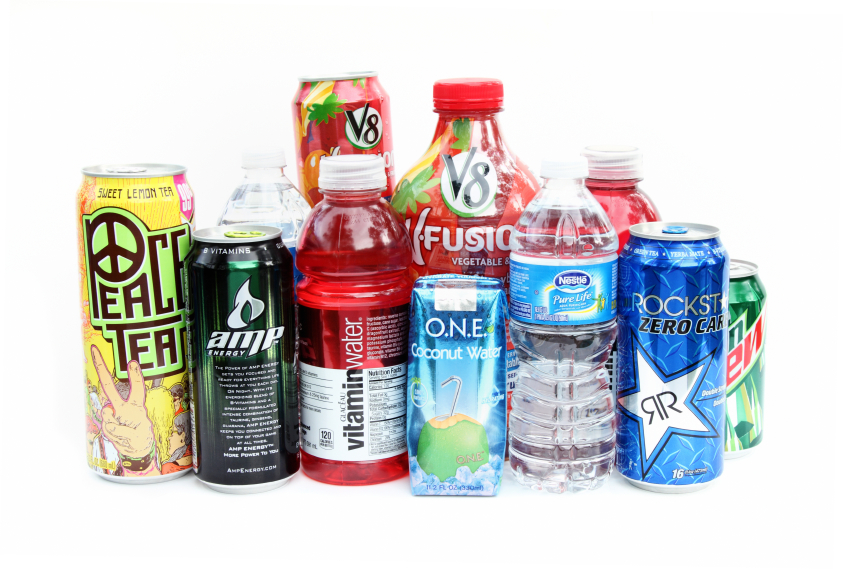
Sugar sweetened beverages are often the more popular choice compared to low-fat milk and water. Because of this, many of us are unwittingly adding up the calories, and the pounds, and crowding out nutrients needed by our bodies.
The traffic light symbol is helpful in categorizing and making sense of the myriad of beverage choices. Stop light red drinks have added sugar such as sodas, sports drinks and juice cocktails. Slow down yellow beverages have nutritional value and are high in sugar, either natural sugar as in 100% juices or added sugar as in flavored milks. Go green light drinks include non-fat, 1% milk and water.
Most of your daily beverages should be from the green light category. The following steps will help you choose appropriate and healthy beverages so that you can get the most out of your drink!
- Drink water when thirsty and jazz it up by adding a twist of lemon, lime or other fruit, cucumber or mint. Try seltzer or bubbly water if you prefer the carbonation of soda.
- Drink milk or milk substitutes fortified with calcium and vitamin D such as soy, almond or rice milk.
- Drink 100% juices in moderation, ½ cup a day for young children (1 to 6 years) and ¾ cup a day for older children (7 to 18 years) and adults. These portions take advantage of the vitamins and minerals provided by 100% juice and help avoid over-consumption of calories from juice.
- Eat whole fruits instead of drinking juice to get the fiber that is eliminated when a fruit is juiced.
- Limit sugar sweetened beverages such as sodas, sports drinks, energy drinks, lemonade, juice drinks or cocktails and sweetened iced teas. Keep in mind that sports drinks were designed for high intensity athletes, not for most active youth and adults.
- Drink artificially sweetened beverages in moderation. Though these beverages have zero calories they crowd out healthier beverage choices and increase desire for sweet tastes.
What is the difference between choosing cola or fat-free milk for lunch? The cola has 17 teaspoons of sugar (20 oz. bottle), 240 calories and no nutrients. However, milk (8 oz.) contributes 30% of daily need for calcium and 25% of daily need for vitamin D, packaged in only 90 calories.
The difference between choosing a sports drink or water when thirsty is significant too. While 20 oz. of a sports drink has eight teaspoons of sugar and 165 calories, water has zero calories and does a better job of quenching thirst.
In a school environment, these recommendations and their explanations can help adults support and guide children in making healthy beverage choices that can become habits for a lifetime.
Contributor
Mary Lee Bourbeau, Cornell Cooperative Extension Wayne County
Source
“Choose Health: Food, Fun and Fitness,” a curriculum for youth developed by Wendy Wolfe and Sally Crosiar, Cornell University
